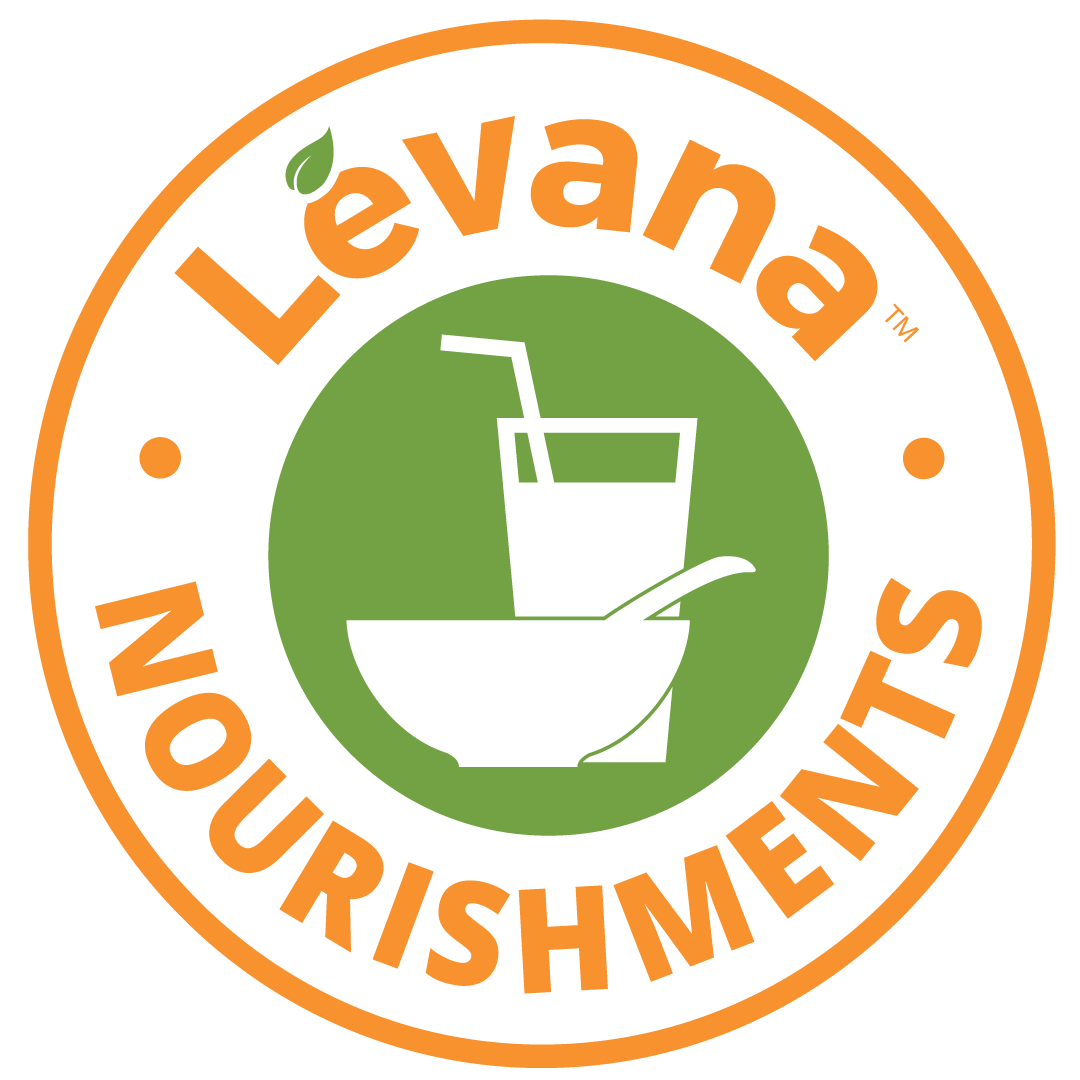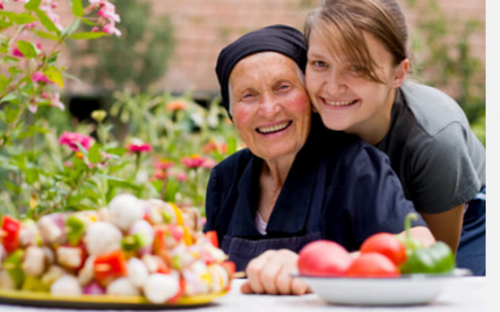It’s often a struggle to get the elderly to switch to a healthier diet. Try getting a 90-year-old to start eating quinoa if they’re used to a lifetime of eating a meat and potatoes diet. Many elderly people also don’t make the connection that food is medicine and that eating a healthy diet can affect the way they feel. They come from a generation where it’s easier to take a pill than make lifestyle changes. And then there’s the lost of interest in cooking that comes with age. It’s easier for many elderly to just buy convenient fast food that’s not very nutritious.
.
So what can you do to get an elderly loved one to eat a little better?
USE HERBS AND SPICES IN COOKING
Many elderly people have lost their sense of taste and smell so eating healthy can be challenging. Elderly people often add hot spices like Tabasco and hot pepper sauce to their foods to bring out the taste because their taste buds are comprised, but these often do havoc to their gastronomical system. Instead, add more herbs and spices to their foods to enhance the taste.
CUT OUT THE SALT
Because many older people have hypertension and diabetes, they need to be on a low-salt diet. Try eliminating canned foods, lunch meats and processed foods from their diets because they’re all extremely high in sodium. Try to use fresh or frozen string beans or peas instead of canned, and you’ll be amazed at how much sodium will be eliminated. Make soup from scratch, too. Canned soups are known to be extremely high in salt.
STAY HYDRATED
Many elderly people don’t enough because it’s hard for them to get to the bathroom quickly. As a result, they become dehydrated. It’s critical that the elderly drink a lot of water. Have them drink herbal iced tea, smoothies, or even fruit-flavored seltzer if they don’t like water.
CUT FOOD IN SMALL PIECES
Many elderly people don’t have a full set of teeth so it’s difficult to chew. Those with advanced dementia or Parkinson’s disease often lose their ability to swallow, making softer foods preferable for their diets. So oatmeal or whole grain muffins instead of bagels for breakfast. Hamburgers instead of steak. Mashed carrots instead of carrot sticks.
ADD FIBER
According to the National Institutes of Health, chronic constipation is common in the elderly, and affects older women more than older men. This is often due to disorders of the pelvic floor, or the group of muscles in the pelvis that aid defecation, or a slowing down of intestinal movement.[1] Certain medications and lack of fiber in the diet also be a factor for those with chronic constipation.
“Start by slowly adding more high-fiber foods to the diet, such as beans, peas, lentils, sweet potatoes, winter squash, avocados, flaxseeds, fruit and whole grain cereals, or any Nourishments product or supplement that provides at least 3 to 5 grams of fiber per serving,” recommends New York registered dietitian-nutritionist Susan McQuillan, MS, RDN. “Just be sure to also increase the amount of fluids in the diet, especially water, or constipation may worsen.”
Levana Nourishments is ideal for an elderly person who is having trouble getting enough nutrition in their diet. Each pouch is a full Nourishments and contains all natural ingredients. A berry smoothie using Levana Mixed Berry flavored or Split Pea Soup with Garden Vegetable is an easy way to provide the nutrition they are not getting in their diet.
Split Pea Soup
Serves 8
Ingredients
2 large onions, quartered
3 large carrots, cut in large chunks
2 pouches Levana Nourishments Garden Vegetable
1-lb bag green or yellow split peas, picked over and rinsed
1 large bunch flat parsley, stems and leaves
1 bunch cilantro, stems cut off (skip if you don’t like cilantro)
1/3 cup olive oil
1 teaspoon turmeric
8 cups water
Salt to taste
Pepper to taste
Procedure
Put all but the last ingredient to boil in a wide heavy pot. Reduce the heat to medium and cook, covered, for about 1 hour. Add salt and pepper to taste. Cream with an immersion blender and adjust seasonings.
by: Andrea Sperling
[1]https://www.ncbi.nlm.nih.gov/pmc/articles/PMC4459612/


Comments are closed.